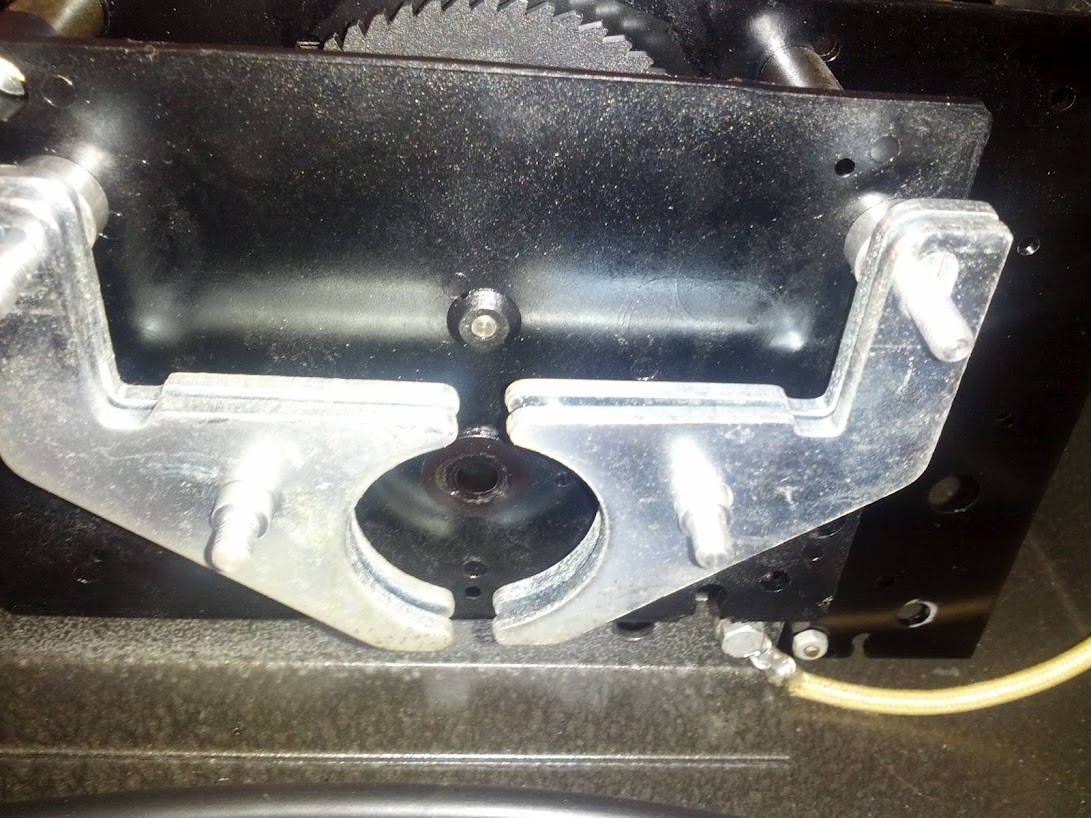Not too long ago I acquired an old ('70/'80) German flip clock. I found out that this clock is driven by a one-phase synchronous engine.
I can't get the motor to run. I (carefully!) connected the motor to the mains (220V 50Hz). The results was a chaotic buzzing and the motor oscillating. The motor look like this:

I have no idea what 'Type 5' or 'BT 1200' signifies (I googled it extensively). The coil has 4 wires running from it. Counting from top to bottom, or from green to yellow, the resistance between:
- 1 and 4 (green and yellow) is 460 Ohm
- 2 and 3 are shorted (0 Ohm), not in the coil but the blue and black wire
- 1 and 3, 2 and 4 is 230 Ohm
With the coil removed the axis becomes visible:

One turn of the axle moves the clock forward 1 minute (I am able to turn it by hand). This is also weird. What I understood of synchronous motors is that they rotate at the same frequency as the mains it is connected to, in this case 50Hz. In other words 50 times to fast.
I can easily remove the axle as well:

Behind it is the gearbox. The motor is obviously not a Shaded-pole motor.
So how does it start? Perhaps it needs a different voltage (the clock was recovered from an industrial complex)? 120V, 480V? Is there a (start) component removed? On the second image there are some protrusions visible on the left side of the axis with no obvious function.
And how to explain the difference between the expected rotational speed of the motor (50 rpm) and the required 1 rotation per minute for the clock?


